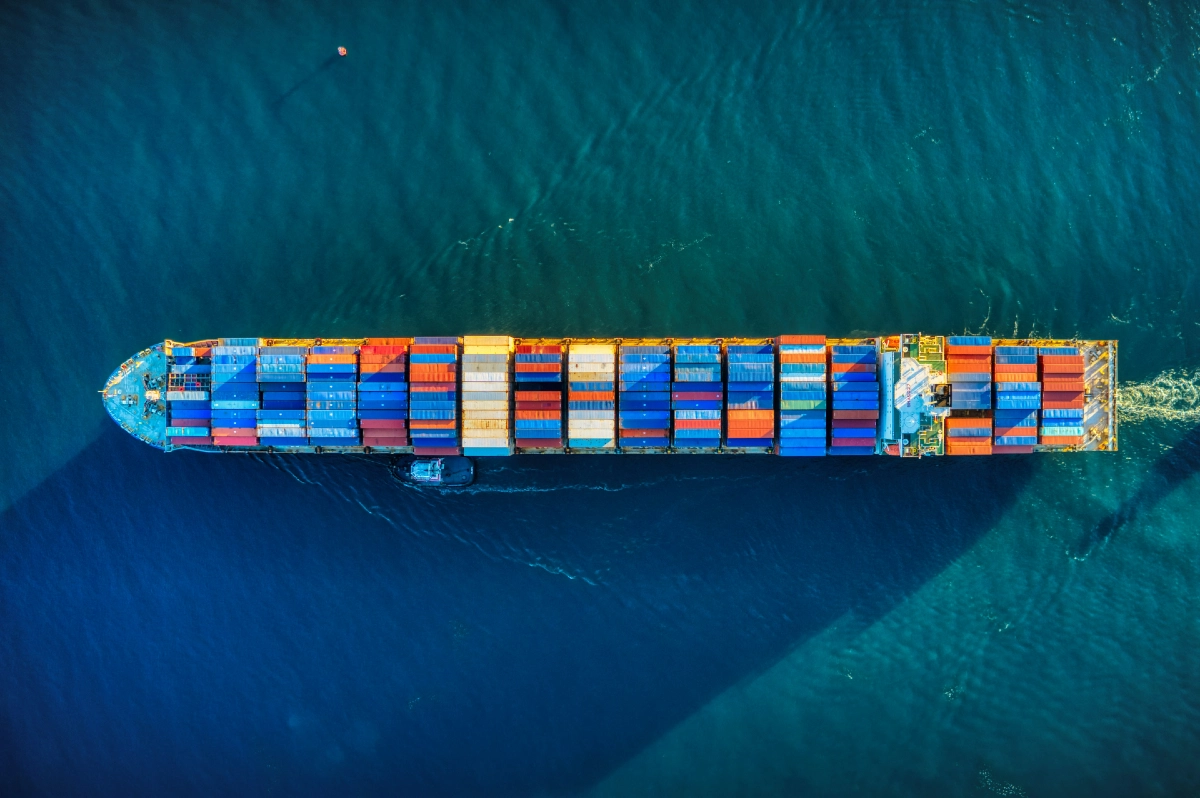Sustainability challenge and related SDGs:
The global economy is still dependent on oil. Approximately, one-third of primary energy consumption is oil-based. Oil is drilled, refined, stored or transported over land and across oceans. When accidents happen, oil spreads rapidly, pollutes rivers, coast lines and oceans. Such spills are mainly caused by human error or equipment failures. In addition, there are natural disasters, terrorism and war. SDG 14 "Life below water" specifically focuses on the reduction of marine pollution, as well as the protection of marine ecosystems.
But i
 t is not only oil that is transported by ship: Approximately 90% of all goods in the global trade are transported by sea. Large ships always impact the waters on which they operate. A major negative impact of all shipping activities is the spread of invasive species through ballast water. Ballast water is fresh or salt water stored in the ships’ ballast tanks and holds. It is used to provide stability and manoeuvrability when ships are carrying no or insufficiently heavy cargo, or when more stability is needed due to rough seas. Ballast water pumped into the load in one port and dumped in another spreads invasive species across the globe and threatens local ecosystems. SDG 15 "Life on land" includes a target calling for a significant reduction in the introduction of invasive species and their impacts.
t is not only oil that is transported by ship: Approximately 90% of all goods in the global trade are transported by sea. Large ships always impact the waters on which they operate. A major negative impact of all shipping activities is the spread of invasive species through ballast water. Ballast water is fresh or salt water stored in the ships’ ballast tanks and holds. It is used to provide stability and manoeuvrability when ships are carrying no or insufficiently heavy cargo, or when more stability is needed due to rough seas. Ballast water pumped into the load in one port and dumped in another spreads invasive species across the globe and threatens local ecosystems. SDG 15 "Life on land" includes a target calling for a significant reduction in the introduction of invasive species and their impacts.
Possible solutions and their contribution to achieving the SDGs
Fortunately, there are companies that make their profits by cleaning up the mess from others. Whenever an oil spill occurs, these companies step in to contain the pollution and remove the residue. Through these activities, companies directly support several targets of sustainable development. Specifically, they promote ecosystem protection, water quality restoration and human health protection.
In order for ballast water to not pollute coastal areas, it must be treated before discharge. Various procedures are available on the market: Physical filtration, chemical disinfection, ultraviolet treatment, and electrical, magnetic or acoustic treatment. A combination of these treatment steps then results in the ballast water being clean enough to be released into the environment.
Primarily related SDG Targets: 14.1, 14.2, 14.a, 15.1, 15.5, 15.8
Investment Rationale and Growth Potential
Currently, one-third of the world's energy demand is covered by oil. So, we can assume that oil spills will continue to occur in the future. If there is less oil demand over time, perhaps there will be less investment in infrastructure, and there could even be more oil spills.
A clear trend is emerging for ballast water treatment systems. The International Maritime Organization (IMO) is a United Nations body and is currently implementing the Ballast Water Convention. Every newly built ship must already have a ballast water treatment system installed. By 2024, every existing ship must also be equipped with such a system. These systems directly prevent the spread of invasive species.